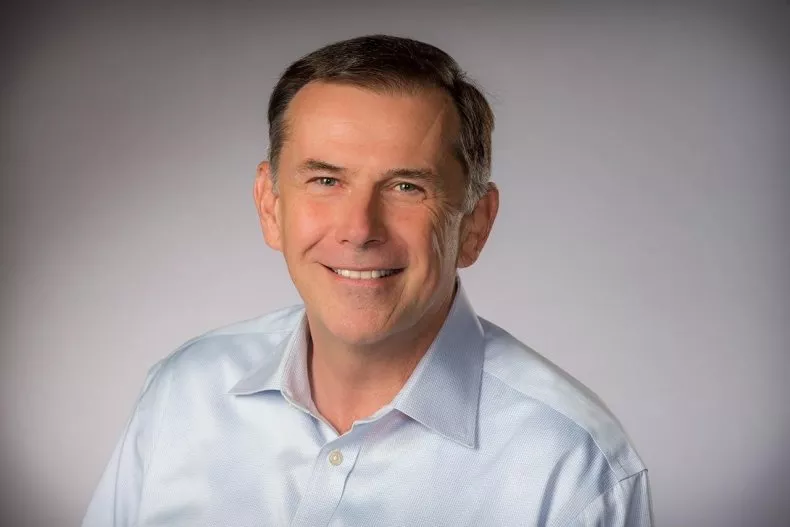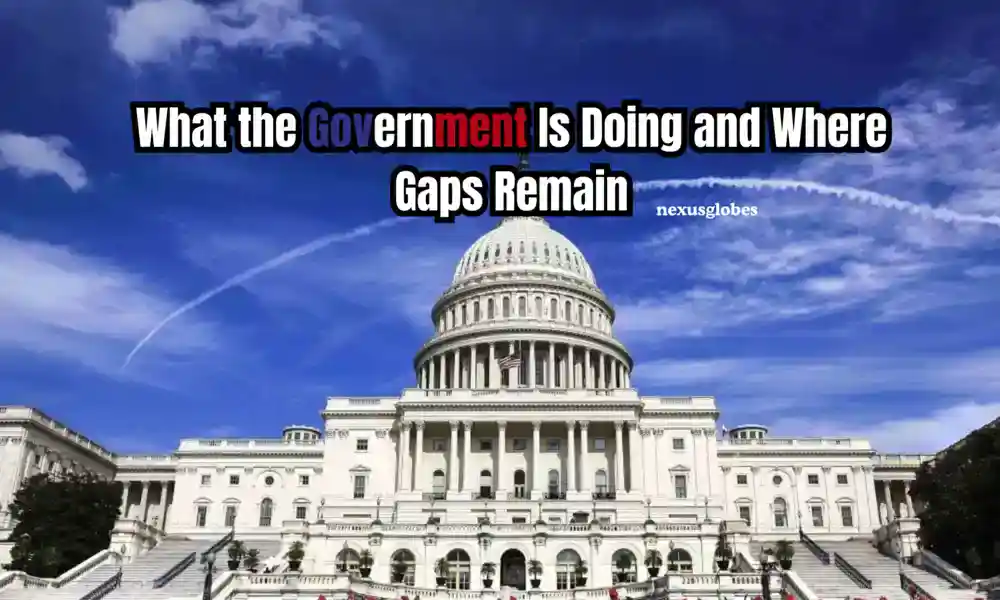Food Insecurity Among Veterans Reaches Alarming Levels
A separate study conducted by Yale School of Medicine’s Veterans Aging Cohort Study found that 24% of surveyed veterans reported food insecurity, highlighting the widespread nature of the issue within the veteran community.
The U.S. Department of Agriculture (USDA) defines food insecurity as “a household-level economic and social condition of limited or uncertain access to adequate food.”
Retired Air Force Lt. Col. Jim Lorraine, who now leads America’s Warrior Partnership (AWP), said many veterans are reaching out for help due to overwhelming financial stress. “They come to us with maxed out credit cards, repossessed vehicles, foreclosures, or evictions,” he told News. “It’s the economy.”
According to Lorraine, veterans living on fixed incomes or with severe disabilities are among the hardest hit. Having served nine combat deployments and retired as deputy command surgeon for U.S. Special Operations Command, Lorraine now cares for his veteran wife and dedicates his efforts to helping others who served.
This holiday season, he’s urging Americans to give back. “Veterans volunteer at a rate 90% higher than civilians,” he said. “If you know about AWP, share it with a veteran before they reach a crisis point.”
He also encouraged simple acts of support donating a turkey or canned goods at checkout, or visiting local American Legion or VFW events. “Live with your heart,” Lorraine said.
While he acknowledges the progress made by the Department of Veterans Affairs (VA), he noted that only around half of the 17.5 million U.S. veterans are enrolled in VA services, limiting access to essential support.
Veterans Facing Food Insecurity at Greater Risk of Suicide, Study Finds
In addition to economic hardships, a National Library of Medicine study found that food-insecure veterans are nearly four times more likely to experience suicidal ideation. These individuals often face added burdens like difficulty transitioning to civilian life, limited job prospects, and challenges applying military experience in the workforce.
Despite these struggles, Lorraine remains proud of his service and is committed to improving the lives of his fellow veterans.
Veterans and Active-Duty Military Facing Food Insecurity This Thanksgiving
As Thanksgiving approaches, a time traditionally centered around food and family, many veterans and active-duty service members are struggling to afford a holiday meal. According to Feeding America, 1 in 9 working-age veterans is food insecure, while the Department of Defense (DoD) reports that 24% of active-duty personnel experienced food insecurity in 2020.

Jim Whaley, a 20-year U.S. Army veteran and current CEO of Mission Roll Call, told Newsweek, “It breaks my heart to think of a young military family, here or overseas, unsure how they’ll afford a turkey for Thanksgiving.”
He emphasized that food insecurity among service members and veterans is fundamentally about financial instability, not just access to food.
Financial Struggles and the Hidden Cost of Service
Despite a modest pay bump in 2024, financial stress remains high. The lowest-ranking enlisted member (E-1) earns $2,017.20 a month about $24,206.40 per year. Whaley said inflation has hit military families hard, and the support system within the military community isn’t what it used to be.
“When I was in the Army, officers would pass around a hat to make sure younger families could afford a holiday meal. It’s only gotten worse,” he said. “The military isn’t immune from inflation.”
He added that this kind of hardship doesn’t just hurt morale it affects recruitment and retention.
“Why would someone stay in if their family has to suffer? And why would they recommend others to join, if they see veterans still struggling?” Whaley asked.
What the Government Is Doing and Where Gaps Remain

In response, the Department of Defense is rolling out several pilot programs to address food insecurity, funded by $10 million in the 2024 federal budget. These include:
- A 9.8% pay increase over the last two years, with another 4.5% proposed for 2025
- Increases in Basic Allowance for Housing (BAH) and Basic Allowance for Subsistence (BAS)
- Enhanced digital support through Military OneSource for families in need
Meanwhile, the Department of Veterans Affairs (VA) has taken steps to screen over 14.9 million veterans for food insecurity since 2017. In 2024 alone, 109,000 veterans were identified as food insecure, and were connected to resources via local VA offices.
Key VA initiatives include:
- The VHA Food Security Office and Food Hub Playbook, which help set up food pantries and link veterans to social services
- The Fresh Connect Produce Prescription Program, offering stipends for fresh produce in areas like Houston and Salt Lake City
Despite these efforts, the VA acknowledges more must be done especially in underserved and rural areas.
A Call for Unity and Action
Whaley believes collaboration between the DoD and VA is essential to solving this crisis. He stresses that supporting those who serve should be a national priority not a luxury.
“There’s no reason in a country as rich and powerful as ours that military families should go hungry,” he said. “We need to do a much better job.”
Stay tuned to our website NexusGlobes for more updated on news, tech and health and join our Quora page for exciting updates.
READ MORE:
Illinois Human Rights Act: Empowering Fairness & Equality
Tower Records Before 2009: Rise & Fall of a Music Giant
Linda Wilson NYC Education: Her Impact and Contributions




